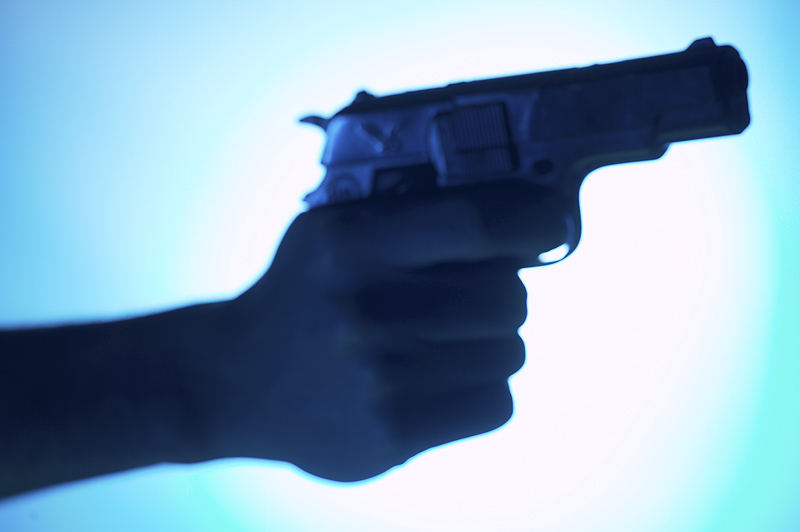The WGAN morning news showcased opponents of Red Flag Law ballot question last week with a representative from the Maine State Police, who along the Department of Public Safety, are strongly against Question 2. Below is an argument from backers of Question 2.
Mainers will vote next Tuesday on a Red Flag Law, which would expand the current Yellow Flag Law to let family members, in addition to law enforcement, ask a judge to remove guns from a person who may be a threat to themselves or someone else.
Veteran former prosecutor of 30 years, Margaret Groban, supports the measure. She says family involvement could have helped stop the Lewiston mass shootings two years ago.
“In Lewiston, there was no role for families to go directly to court and state under penalty of perjury why their loved one should not have a gun,” said Groban. “And that is a dangerous gap in our current law.”
Opponents say the Red Flag Law does away with the current Yellow Flag Law requirement for the person in question to undergo a key medical assessment.
Groban counters that the requirement for a mental illness to be present is why mental experts support the Red Flag Law instead of the Yellow Flag statute. She says mental health is not a predictor of who will be dangerous, and in fact, people with mental health illness are more likely to be victims of violence.
in addition, Groban points out the Red Flag Law would require police to make contact and take the person in question into protective custody, which the current law does not.
“We know the danger to that was laid bare once again in Lewiston, where there was it was almost impossible to take that individual into protective custody when he was armed to the teeth,” Groban said.
Opponents claim the Red Flag Law would not have prevented the Lewiston mass shooting. They also say it has a much lower legal standard, which could weaken due process for the person targeted to lose access to weapon.
Yellow Flag Law
It’s officially called an Extreme Risk Protection Order and can only be initiated by law enforcement and requires a mental health assessment before any weapons restriction.
It’s designed to handle people in mental health crises or who pose a danger to themselves or others.
The Yellow Flag Law has been used over 1,000 times since its enactment, and while effective, has faced criticism for its complexity and the time it takes to process cases.
Red Flag Law
It would allow family or household members to petition courts directly for a temporary weapons restriction but does not have the requirement for a mental health or medical assessment.
Both laws aim to protect public safety, but the Red Flag Law is seen as a more streamlined and less intrusive process, which may be more effective in preventing harm.






